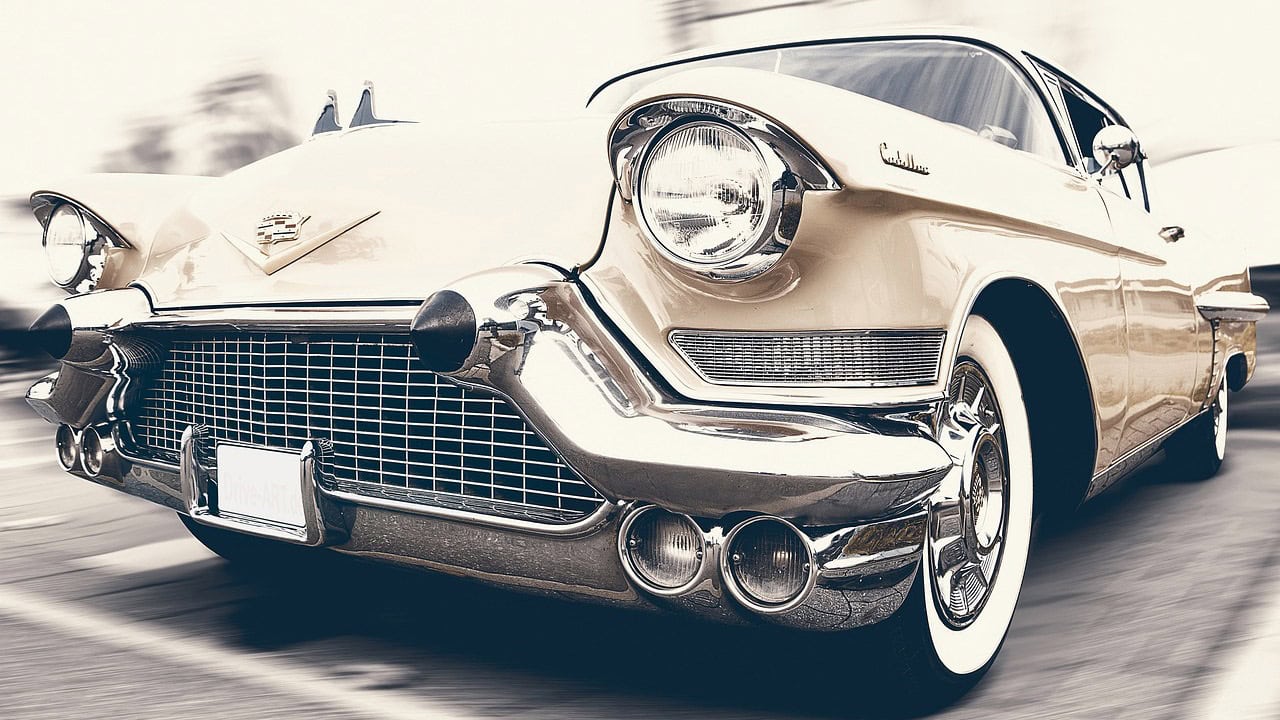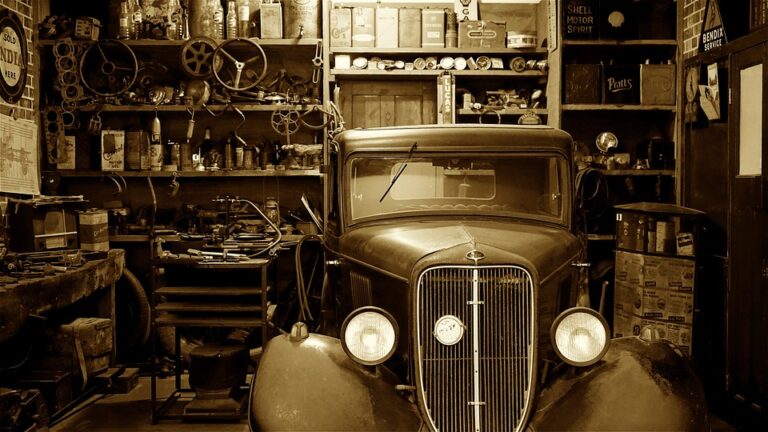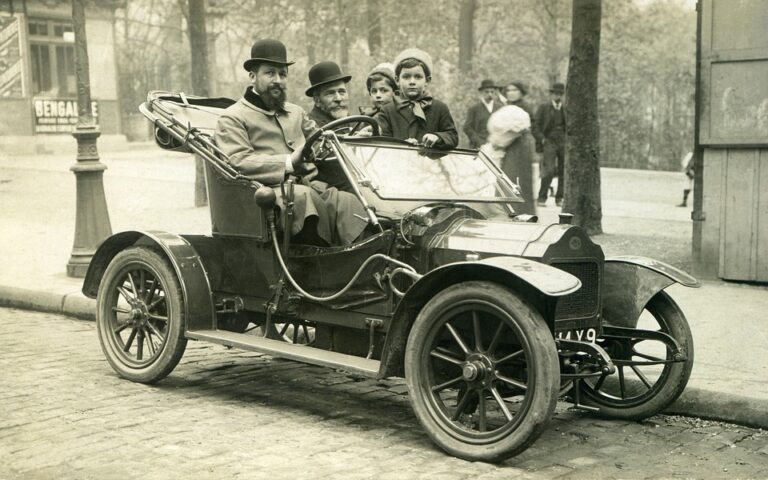Classic Car Restoration Culture

Classic cars have always held a special place in the hearts of enthusiasts around the world. Their timeless designs and the nostalgic value they carry transcend generations, making them coveted possessions for collectors and hobbyists alike. But what is it about these vintage machines that captivates us so deeply?
The answer lies in a combination of history, craftsmanship, and a shared passion for preserving automotive heritage.
The Art and Science of Restoration
Restoring a classic car is a labor of love that requires a meticulous balance of art and science. It involves bringing a vehicle back to its former glory, often requiring extensive research, sourcing original parts, and employing skilled craftsmanship. The process can be long and arduous, but the rewards are immense.
For those dedicated to the craft, restoration is not just a hobby; it’s a way of life.
Research: Unearthing the Past
Before the restoration process can begin, enthusiasts often dive deep into the history of their chosen car. Understanding the car’s original specifications, production history, and any unique features it may have is crucial.
This research phase often involves scouring old manuals, consulting with experts, and even connecting with other enthusiasts who own similar models. The goal is to restore the vehicle as authentically as possible, preserving its original character.
Sourcing Parts: The Treasure Hunt
Finding authentic parts can be one of the most challenging aspects of classic car restoration. Many original components are no longer in production, requiring restorers to search far and wide for suitable replacements.
This often leads to attending car shows, visiting scrap yards, or scouring online forums. Each part found is a victory in itself, bringing the project one step closer to completion.
Craftsmanship: Breathing New Life
The actual restoration work demands a high level of skill and attention to detail. Whether it’s rebuilding an engine, reupholstering the interior, or repainting the body, each task requires precision and care.
Many restorers take pride in learning these skills themselves, often spending years honing their craft. Others may choose to collaborate with professional restoration shops, entrusting their cherished vehicles to skilled artisans.
The Community: Bonding Over a Shared Passion
One of the most rewarding aspects of classic car restoration is the community it fosters. Enthusiasts often form close-knit groups, sharing tips, advice, and encouragement throughout the restoration process.
Car shows and meet-ups provide opportunities to showcase completed projects and connect with like-minded individuals.
These events celebrate not only the cars themselves but also the dedication and craftsmanship of those who restore them.
Car Clubs: A Hub of Knowledge
Car clubs play a pivotal role in the classic car restoration culture. These organizations offer a wealth of knowledge and resources, from technical advice to access to rare parts. Clubs often organize events, rallies, and workshops, providing invaluable support to both newcomers and seasoned restorers.
Membership in a club not only facilitates the restoration process but also deepens one’s appreciation for the hobby.
Online Communities: A Digital Garage
In the digital age, online forums and social media groups have become essential tools for classic car enthusiasts. These platforms allow for instant communication and collaboration, connecting individuals from all over the world.
Restorers can share their progress, seek advice, and even buy and sell parts. The sense of camaraderie in these online communities is palpable, with members often forming lasting friendships.
The Future of Classic Car Restoration
As we look to the future, the classic car restoration culture shows no signs of slowing down. Despite the challenges posed by modern regulations and the shift towards electric vehicles, the passion for preserving automotive history remains strong.
New technologies, such as 3D printing and advanced materials, are opening up new possibilities for restorers, making it easier than ever to bring old cars back to life.
Challenges and Opportunities
While the future holds exciting prospects, it also presents challenges. Environmental regulations and the scarcity of original parts are ongoing concerns for restorers. However, these challenges also drive innovation within the community.
Companies specializing in reproduction parts and restoration services are on the rise, offering solutions that blend traditional craftsmanship with modern technology.
The Next Generation
Perhaps the most encouraging sign for the future of classic car restoration is the involvement of younger generations. As more young people discover the joys of working on classic cars, they bring fresh perspectives and skills to the table.
Educational programs and apprenticeships are helping to ensure that the art of restoration is passed down, preserving the culture for years to come.
Conclusion: A Celebration of Heritage
Classic car restoration is more than just a hobby; it’s a celebration of automotive heritage. It honors the craftsmanship of the past while creating connections between people from all walks of life.
Whether you’re a seasoned restorer or a newcomer, the journey of bringing a classic car back to life is a rewarding and enriching experience. As you turn the key and hear the engine roar, you become part of a legacy that transcends time.






